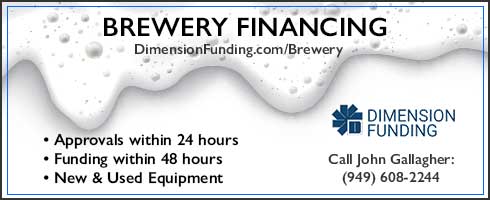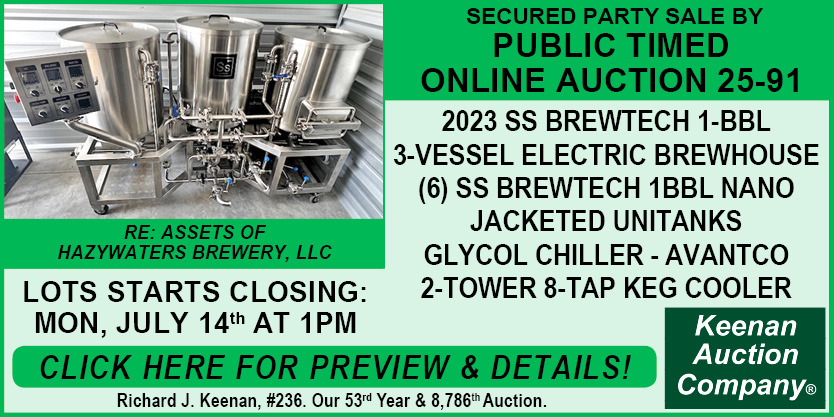These functions require inputs such as the initial cost of the asset, its salvage value at the end of its useful life, and the total duration it is expected to be productive. In many jurisdictions, businesses can deduct depreciation expenses from their taxable income, which can reduce their tax liability. Whatever depreciation method is used for fixed assets, the same one should generally be used over time. Because of its easy calculation and the fact that it is less prone to error, straight line depreciation is a common default. Depreciation is used by companies to transfer asset costs from balance sheets to income statements. This method calculates annual depreciation based on the percentage of total units produced in a year.
Straight Line Depreciation Method
- Assets like computers and vehicles can be essential to achieving high business performance, but how do you anticipate and calculate when these investments begin to lose their value?
- The asset account category includes intangible assets, which are not physical assets.
- Amortisation expenses are used to post a decline in the value of these assets.
For minimizing the tax exposure, this method adopts an accelerated depreciation technique. This technique is used when the companies utilize the asset in its initial years as the asset is more likely to provide better utility in these years. This method was created to reflect the consumption pattern of the underlying asset. Straight line depreciation is the easiest depreciation method to calculate. As the asset was available for the whole period, the annual depreciation expense is not apportioned.
Free accounting tools and templates to help speed up and simplify workflows. This also indicates that there are two years yet remaining to carry out the depreciation of $3,000. All the above calculation is representative of the book value of the equipment as $3,000. However, the company realizes that the equipment will be useful only for 4 years instead of 5.
How to calculate the depreciation per unit
It simplifies accountants’ calculations, which makes them less prone to error and reduces the record-keeping needed for financial statements. The same amount is depreciated each year, so it is a predictable expense. The straight-line depreciation method makes it easy for you to calculate the expense of any fixed asset in your business. With straight-line depreciation, you can reduce the value of a tangible asset.
Now that you know the difference between the depreciation models, let’s see the straight-line depreciation method being used in real-world situations. The straight-line method is a popular choice for its simplicity, but it has limitations. Understanding the pros and cons can help you decide if this depreciation method is right for your business. It’s a good idea to do a tax planning session at least once a year in the fall to plan for equipment purchases and depreciation. October often works well for this planning session, because by then tax professionals will know which tax laws will be coming into effect for the following year. Yieldstreet Markets LLC (f/k/a RealCadre LLC) is an indirect subsidiary of Yieldstreet Inc.
Courses about construction.For construction.
Excel’s depreciation capabilities make it a versatile tool for both small businesses and large corporations looking to maintain precise and accessible records. Contractors should take the time to review current record keeping and depreciation practices, and consider consulting financial experts on best managing the company’s valuable assets. Depreciation adjusts the asset’s value over time, giving a more accurate picture of the company’s financial position. This principle states that expenses should be recognized in the same period as the revenues they help generate.
It can also protect against inflation and other economic instability and can even improve returns. When it comes to real estate, the basis is the property’s depreciation in equal amounts over its useful life. The simplest method of depreciation to use is straight-line depreciation.
With the help of this method, organizations can easily assess the consumption of the asset over the years. This method helps to estimate the overall consumption pattern of the asset. Owing to its ability to its simple presentation and reduced chances of errors, the method is highly recommended. Increase your desired income on your desired schedule by using Taxfyle’s platform to pick up tax filing, consultation, and bookkeeping jobs. You can connect with a licensed CPA or EA who can file your business tax returns. Set your business up for success with our free small business tax calculator.
After all, the private market has topped the stock market in every downturn going back nearly 20 years. There are potential benefits and drawbacks with most anything in the financial space, including straight line depreciation. Straight-line depreciation may seem complicated, but it doesn’t need to be. MYOB small business accounting solutions take the stress out of the numbers. You calculate the annual claimable amount once based on what you paid, so you don’t need to redo complicated calculations every year. Your asset cost includes anything you spent on getting it ready for use, including shipping or assembly charges.
The Practicality of Straight Line Depreciation
Compared with the depreciation method of double-declining balance — an accelerated depreciation approach — straight line depreciation is more user friendly. After all, to calculate the amount of depreciation each accounting period, the straight line basis only uses three variables. The straight-line depreciation formula consists of key components that determine the annual depreciation expense recorded in financial statements.
The assets provide benefit to the company over the useful life, so the expenses also require to allocate base on these time frames too. The company uses depreciation for physical fixed assets and amortization for intangible assets. Deducting the cost of an asset from its salvage value gives us its depreciable amount which in this case is $5000. Dividing it by the annual depreciation expense ($1000) gives us the useful life in years. Depreciation expense in the year of acquiring an asset is the full year’s depreciation expense calculated using the straight line depreciation formula and multiplying that by the time factor.
- The asset will accumulate 2.5 years of depreciation out of its total useful life of 5 years.
- Yieldstreet provides access to alternative investments previously reserved only for institutions and the ultra-wealthy.
- Consider Straight-Line for consistent value loss, Declining Balance for rapid initial depreciation, or Variable-Declining to adapt to changing depreciation rates.
- The straight line method charges the same amount of depreciation in every accounting period that falls within an asset’s useful life.
One prevalent challenge is selecting the appropriate depreciation method for different asset types. To address this, businesses should analyze asset categories and usage patterns, aligning them with the method that best reflects their depreciation behavior. Straight line depreciation typically covers fixed assets such as real estate, equipment, and machinery, as they are expected to last more than one year. Because these assets are relatively high cost, depreciation aims to spread out their costs over the period they will be in use.
Is straight-line depreciation the right method?
Beyond financial statements, depreciation informs decisions regarding asset replacement or sales by highlighting the current net value. Excel’s flexibility in applying different depreciation methods ensures that businesses can adapt to diverse asset categories and fiscal policies, ultimately optimizing their financial strategies. Take a truck that is purchased for $50,000 with a 20% declining balance depreciation rate. The second year that 20% depreciation would bring the truck’s value from $40,000 to $32,000, and so on.
What is the simplest method of depreciation to use?
Straight-line depreciation is an uncomplicated way to calculate depreciation on your assets. Businesses choose this method because they can spread the expense over several accounting periods (or several years) to reduce their net income, and they prefer it to be a predictable expense. For tax purposes, straight-line depreciation can effectively spread the cost of an asset over its useful life, thereby reducing taxable income each year. This method is straightforward and widely accepted by tax authorities, making it a common choice for tax compliance and financial reporting.
In a double-entry bookkeeping system, there are two lines to the journal entry. The IRS updates IRS Publication 946 if you want a complete list of all assets and published useful lives. But keep in mind this opens up the risk of overestimating the asset’s value.
A prevalent misconception is that straight-line depreciation suggests an asset is equally productive throughout its life. However, it’s primarily a cost allocation method, not measuring an asset’s operational efficiency or productivity. Understanding this distinction is crucial for accurate financial analysis and reporting. Straight straightline depreciation line depreciation method charges cost evenly throughout the useful life of a fixed asset. Straight-line depreciation, on the other hand, spreads the loss of value evenly across the asset’s useful life, providing consistent expense amounts year over year.
That’s because you use one formula to calculate the yearly amount, which stays the same every year. It’s best used for assets you expect will decrease steadily in value over time. You can use straight-line depreciation to calculate how much of that loss of value you can claim. The last accounting year in which an asset is depreciated is either the one in which it is sold or the one in which its useful life expires. Time Factor is the number of months of the first accounting year that the asset was available to a business divided by 12. The asset account category includes intangible assets, which are not physical assets.



